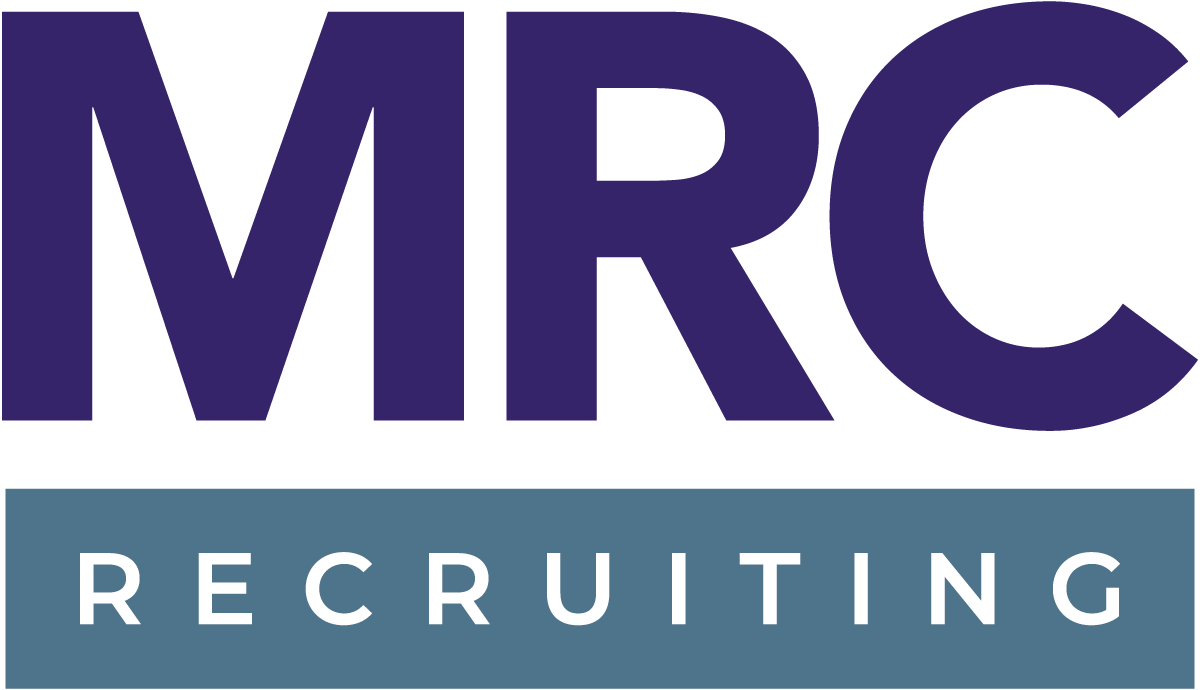Quiet quitting is a hot-button topic right now. It isn’t a new phenomenon, but it’s getting more traction because employees are now publicly speaking out about it. In a word, quiet quitting is disengagement. It means employees are doing the bare minimum with no desire, and no compensation, for going above and beyond.
While this has happened with a portion of our workforce for eons, several factors contribute to its increased commonality. Burnout, boundary setting, the great resignation, employee dissatisfaction, and a lack of work/life balance have all contributed to a larger percentage of people raising their hands and saying that they’ll do what’s in their job description, but nothing more.
To be clear, those engaging in quiet quitting are not actually quitting their roles, they’re simply doing the minimum. They’re clocking in and out no earlier/later than required, and it’s no longer a humble brag to talk on Monday about how much time you spent working over the weekend. I believe this is directly correlated to an employee’s job satisfaction and thus engagement. The past several years have been rough on everyone and it’s allowed people to reimagine what work could look like and in many cases become disillusioned with where they actually are.
I’ve recently written about what millennial and gen z employees want out of a job and, ultimately, a career. One item that resonates between both generations revolves around growth opportunities and development. Building one’s skill set, whether hard or soft skills, leads to an increased sense of purpose and personal meaning, which are also high on the list of things younger employees crave.
In the past, buying employees a Dale Carnegie book or signing them up for Toastmasters counted. That isn’t enough anymore. As an employer or company or mentor, ask if you’re also doing the bare minimum to keep others highly engaged. If the answer is yes, perhaps it’s time to get creative and figure out what each employee is drawn to, and how to help implement it in your company. Get personal. Ask your employees what they want, what would motivate them, how they work best, what tools they may need to do so. In larger organizations, use employee satisfaction surveys or and other formal tools to get more information.
Here are just a few ideas to chew on and talk about with your HR department or employee group representative. While it’s easy to look at these and immediately think of the cost, I contend that it’s an investment in your employees, who have many options right now about where to work, and how engaged they’ll be while on the job.
TRADITIONAL TUITION REIMBURSEMENT
Many community colleges and universities offer evening, weekend and online courses to help your employees grow their hard skill set. Ask employees if they want to complete a degree, explore an advanced degree program, or take a refresher course in logistics management or database software applications. Courses can help them achieve their goals while becoming a greater asset to your company.
CERTIFICATIONS TRAINING
There are literally thousands of certification courses offered in the U.S. that can help employees gain practical knowledge in cyber security, business analysis, sustainability, project management, and more. These certifications can qualify current employees for different career paths within your company, allowing people to explore new ideas while cutting your costs for bringing in new talent.
PERSONAL DEVELOPMENT
Some employees love these types of continuing education opportunities because they can gain <softer skills> still critical to the workplace. Think of short 2-3-day seminars on team building, developing diverse crews, resilience, and critical thinking. These courses help your employees gain confidence and become greater assets for you.
OUTSIDE THE BUSINESS REALM. OR IS IT?
These following ideas may seem frivolous but bear with me. When we ask our employees to put in extra hours during the week, respond to business during vacations, or work from home when they aren’t feeling 100%, we contribute to burnout and stress. Artistic, hobby or seemingly unrelated classes underwritten by the company can pay big dividends in an employee’s happiness and engagement in the workplace. Subsidizing a calligraphy class can enhance an employee’s office creativity. Covering the cost of a yoga instructor course can lead to increased mindfulness in the workplace. Pick up the tab for a motorcycle safety class and you’re breeding a more astute professional.
As you develop your 2023 budgets, get creative and get personal. Look into some alternative perks for your employees. After all, fulfilled, engaged, valued employees are long-term employees.
If you’re looking to make a career change, MRC can help connect with us or submit your resume.

